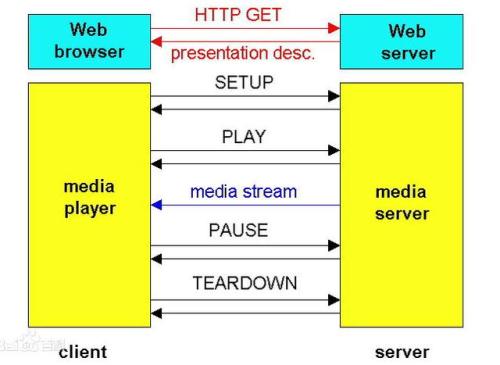In many industrial robotics applications, such as spot-welding, spray-painting or drilling, the robot is required to visit successively multiple targets. The robot travel time among the targets is a significant component of the overall execution time. This travel time is in turn greatly affected by the order of visit of the targets, and by the robot configurations used to reach each target. Therefore, it is crucial to optimize these two elements, a problem known in the literature as the Robotic Task Sequencing Problem (RTSP). Our contribution in this paper is two-fold. First, we propose a fast, near-optimal, algorithm to solve RTSP. The key to our approach is to exploit the classical distinction between task space and configuration space, which, surprisingly, has been so far overlooked in the RTSP literature. Second, we provide an open-source implementation of the above algorithm, which has been carefully benchmarked to yield an efficient, ready-to-use, software solution. We discuss the relationship between RTSP and other Traveling Salesman Problem (TSP) variants, such as the Generalized Traveling Salesman Problem (GTSP), and show experimentally that our method finds motion sequences of the same quality but using several orders of magnitude less computation time than existing approaches.
翻译:在许多工业机器人应用中,如当场焊接、喷雾油漆或钻探等,机器人必须连续访问多个目标。目标之间的机器人旅行时间是总体执行时间的一个重要部分。这一旅行时间反过来又受到目标访问顺序和每个目标的机器人配置的极大影响。因此,必须优化这两个要素,这是文献中称为“机器人任务配置问题”(RTSP)的一个问题。我们在本文件中的贡献是双重的。首先,我们建议快速、接近最佳的算法来解决RTSP。我们的方法的关键是利用任务空间和配置空间之间的典型区别,令人惊讶的是,任务空间和配置空间在RTSP文献中被如此忽视。第二,我们提供了上述算法的开源执行,该算法经过仔细确定,以产生高效的、现成的软件解决方案。我们讨论了RTSP和其他旅行销售人员问题(TSP)之间的关系,例如通用旅行销售员问题(GTSP)的质量顺序比现有测算法要少得多。我们实验性方法发现,使用几种标准的质量序列(GTESP)和实验性方法比现有测算法要少。





